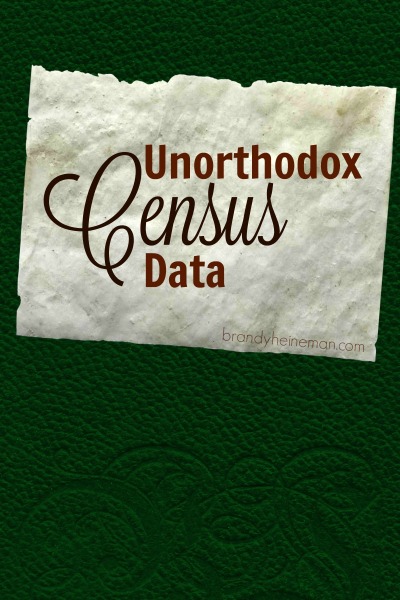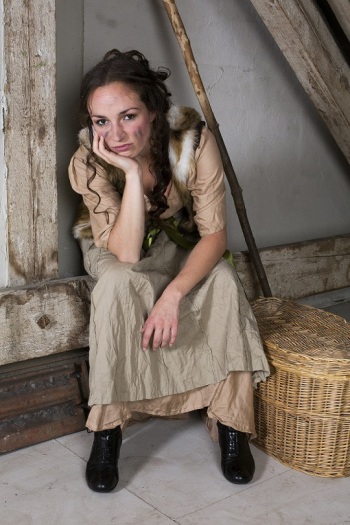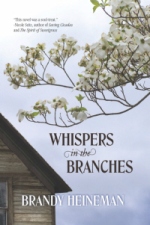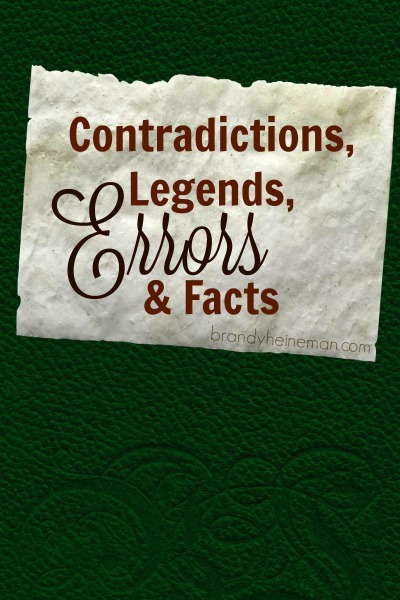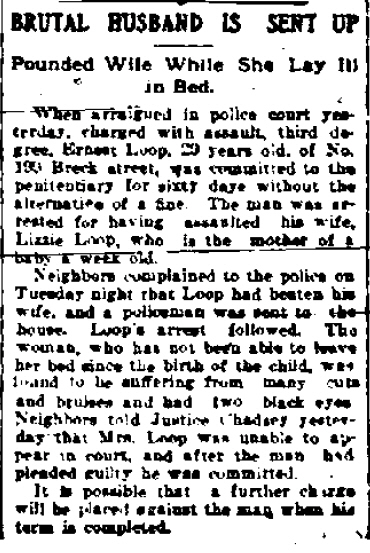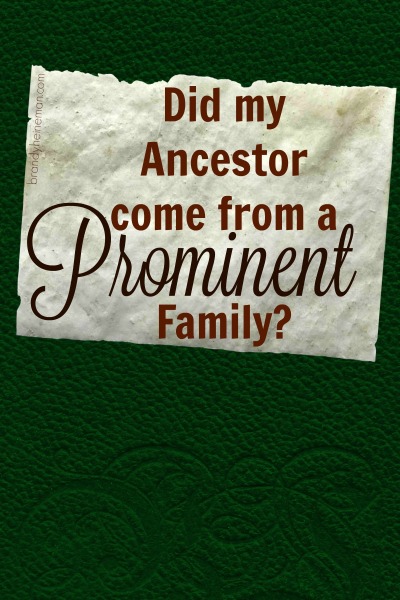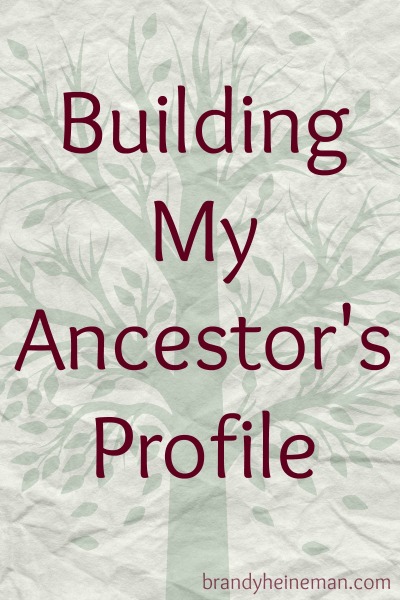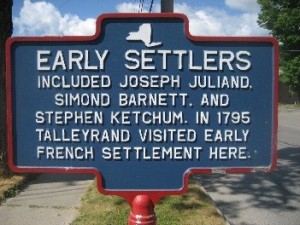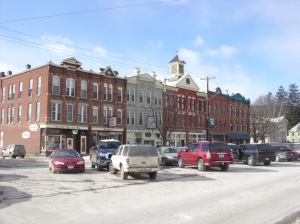Our family trees don’t always yield their secrets readily, and I’m glad. There’s little as satisfying as ending a six-year-search—or rather, turning a corner for the next leg of the journey.
I’ve written about Hamilton Townsend Cornell on this blog plenty of times—how he never missed the opportunity to claim his nebulous connection to Cornell University founder Ezra Cornell, how he stayed in trouble’s way, how he chased the sunset from New York to California in search of his fortunes.
But he’s not the star of this post—not today. No, today I’m here to talk about his third wife, though I’d be hard pressed to tell her story independent of his. Finding Eugenia _____ Cornell has been one of my mother’s pet projects for years, and thanks to her research and tenacity, Eugenia’s day in the sun has finally arrived.
I’ve linked liberally in this post. Other researchers, go behind me and verify my conclusions to your own satisfaction.

© Maryia Bahutskaya | Dreamstime.com
Starting with the known…
There wasn’t much to work with at first. Eugenia is found on three censuses: 1870, 1875, 1880
And then she’s gone.
The census details tell us that her father was born in Connecticut and her mother in Vermont, and they construct a partial timeline of her life (shown in green). Newspaper mentions of both her and Hamilton (blue) and related records (purple) illustrate a turbulent life, particularly at the end of 1874.
- 1845 or 1846 – Eugenia was born in New York State.
- 1865 – Son, George, born in Minnesota.
- 15 November 1866 – Henriett Cornell (Hamilton’s second wife) published a summons against him in the Shawano County Journal, Shawano, Wisconsin.
- 1867 – Daughter, Emma, born in Minnesota.
- September 1869 – Daughter, Maud, born in Minnesota.
- 1870 – Enumerated in Oakland, Freeborn county, Minnesota.
- 29 December 1870 – Hamilton had a suit against their neighbor, Adam Christie. (See it on Ancestry.)
November 1871 – Hamilton runs testimonial-style newspaper ads selling a patent medicine called “The Oil of the Tree of Life.” (See one on LOC’s Chronicling America.) - 1873 – Son, Guy H., born in Minnesota.
- September 1874 – Hamilton brings suit against the Asher Estate for $2000 in unpaid debts for wheat and Oil of the Tree of Life, though he has no proof the amounts are due. The Asher Estate answers that the claims fraudulent. (See it on Ancestry.)
- 26 October 1874 – Brayton (a son from Hamilton’s first marriage) died at age 26. (See it on FamilySearch.)
- 25 November 1874 – Son, George S., died at age 9. (See it on FamilySearch.)
- 3 December 1874 – A newspaper item regarding George’s burial speculates that he died of typhoid fever like his brother Brayton had. (See it on LOC’s Chronicling America.)
- 24 December 1874 – Public notice of mortgage default action against Hamilton and Eugenia. (See it on Ancestry.)
- 1875 – Enumerated in Freeborn county, Minnesota.
- 22 July 1875 – Eugenia’s name is listed (among many others) for taxes due on property in Oakland, Township 102, Range 19, Section 32. (See it on Ancestry.)
- 11 November 1875 – At least part of the same piece of property named in the mortgage default is mentioned in a real estate transfer, H Cornell to J K Strver for $500. (See it on Ancestry.)
- 25 May 1876 – Public notice of another mortgage default action against Hamilton and Eugenia. (See it on Ancestry.)
- 1880 – Enumerated in Spruce Gulch, Lawrence county, Dakota territory (now South Dakota). Their household includes boarder John Sailor.
- 9 February 1881 – “Saylor accuses him of assault and battery.” (Article mentions Hamilton; abstracted here.)
- 10 February 1881 – “Case of assault against Saylor continues.” (Article mentions Hamilton; abstracted here.)
Tragedy, conflict, and the precipice of financial ruin. The more details we gathered about Eugenia’s life, the more we wanted to know who she was, this third woman to be caught up in Hurricane Hamilton. For all the drama in their lives, no clues about Eugenia’s family or background emerged.
Moving from the known to the unknown…
Since the last sighting of Eugenia was the census record in Spruce Gulch, my mom searched hard for Cornell references in the area. She was one to find Hamilton connected to Deadwood, South Dakota.

© Glenn Nagel | Dreamstime.com
I was following her lead and looking for untapped Dakota Territory resources when I tried several general Google searches, including this one: “Hamilton Cornell” Deadwood
This search string brought up “An Interview With Millie Cornell: An Oral History produced by Robert D. McCracken.” This PDF file is a transcript of an interview with Millie Cornell and was a Nye County Nevada Town History Project. It is a lengthy file, but the relevant passages can be found on pages 32-33. I don’t want to take quotes directly from this work, but allow me to abstract the most germane points:
- Millie Cornell was the wife of Bob Cornell, son of John Henry Cornell, who was born in Austin, Minnesota.
- John Henry Cornell’s father was reportedly “John Hamilton Cornell.”
- Family papers indicated a connection Ezra Cornell, founder of Cornell University.
- John Henry Cornell’s mother died in Deadwood, South Dakota.
- The family eventually relocated to Los Angeles and then Anaheim, California.
- John Henry Cornell didn’t get on well with his father and left home young.
The interview also mentions a little boy who died of scarlet fever. Although the details are unclear, it may be a reference to George Cornell’s death in 1874.
I encourage researchers interested in Hamilton Cornell and Eugenia to take a closer look at this interview. The alignment of Millie Cornell’s knowledge with recorded facts about Hamilton (like his presence in Anaheim, where he was enumerated not once but twice in 1910) had the smell of a breakthrough—but not without first reconciling one impossible-to-overlook detail.
Moving from the unknown to the completely unexpected…
The name John Henry Cornell is not found in Hamilton and Eugenia’s family groups. I had to find out who he was and where—or really, if—he fit into the birth order timeline.
Happily, I found him rather quickly, and along with him, a few surprises about Eugenia. Ancestry’s U.S., Social Security Applications and Claims Index, 1936-2007, gives important details about John Henry Cornell:
- Birth Date: 12 August 1876
- Birth Place: Austin, Minnesota
- Father’s Name: Hamilton Cornell
- Mother’s Name: Elizabeth E. Goodrich
Goodrich.
Of course, since Elizabeth E. does not necessarily equal Eugenia, I couldn’t stop there. And if John Henry was born in 1876 and lived to adulthood, why wasn’t he listed on the 1880 census?
One question at a time… If she was out there, then first I had to find Eugenia Goodrich.

© Snvvsnvvsnvv | Dreamstime.com
She was, and I did. In 1850, she’s in Edwards, St. Lawrence, New York, with a father born in Connecticut and a mother born in Vermont. In 1857 and 1860, she’s with her mother and siblings, first in “Town 106, Range 13” Olmstead county, Minnesota, and then in Otisca, Waseca county, Minnesota.
Next, I searched marriage records on FamilySearch, but I was unprepared to find that on 29 March 1862, at age 17 or 18, “Eugena Goodrich” married… Richard G. Eno.
What?! Her story had grown richer already. I thought her first husband must have died by the time Hamilton rode into town, but no. No, as it turns, Richard G. Eno was a horse thief (source, source), indicted for larceny by 5 December 1862. His case remanded for sentencing by 1 December 1863. I’ve not yet found what the actual sentence was, but according to one of the sources, the village of Otisca experienced an economic downturn not long after Eno’s arrest. Not that there’s ever a good time to be the teen bride of a horse thief, but much less so when a boom ends.
What was her frame of mind when she met smooth-talking and greener-grass-chasing Hamilton? Brokenhearted? Ashamed? Desperate?
Hamilton’s paper trail makes it too easy to infer that he was a cad, but I so dearly hope he was good to her. He didn’t run out on her, after all, or marry again after she died. Maybe, hopefully, he really loved her, and she him.
A closer look at the linchpin…
The question of John Henry Cornell’s absence from the 1880 census is one we can only speculate on for now, but Mom came up with a good theory.
According to some sources (here, here), John Henry Cornell was born in 1873, not 1876. His 1918 draft registration card, in particular, gives his birth date as 12 August 1873, and says that he was of medium height and stout build, with blue eyes and black and gray hair.
According to the 1900 Federal census, Guy H. Cornell was born in August 1873. His 1898 voter registration (in Inyo county, California) also puts his birth year at 1873, and further describes him as 5’9”, with fair complexion and blue eyes. (The hair color is illegible.) I don’t find a draft registration for Guy.
Mom thinks Guy Hamilton is John Henry, and the two recorded physical descriptions don’t rule it out. Perhaps, when “John Henry” left home and the father he didn’t get along with so well, he also changed his name. It’s just a theory, but one that fully explains why John wasn’t listed on the census returns. He was—but as Guy.
That’s not to say he forgot where he came from, however. With a little more checking, I found that John Henry Cornell and his wife, Nellie Goldbach, named one of their sons Eugene Goodrich Cornell. (Sources: here, here.)
It’s fair to guess that he didn’t want his mother to be forgotten. Today, I’m glad to say that she hasn’t been. There’s undoubtedly more to her story, and with her name restored to her, we can finally begin to tell it.
